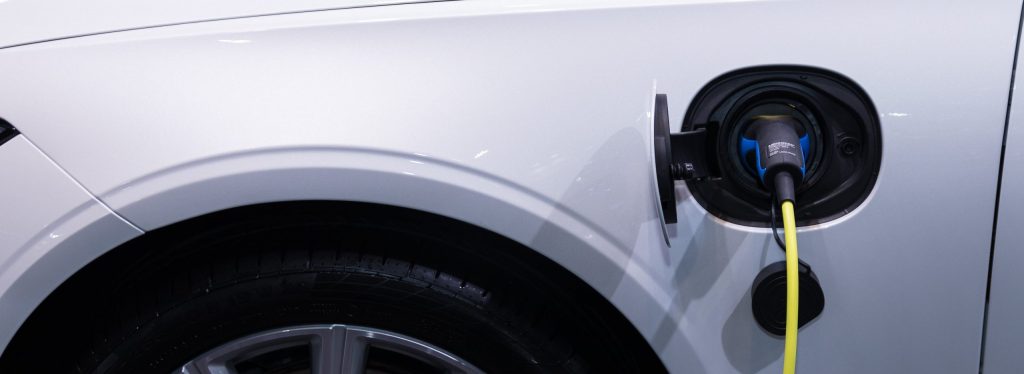The APA’s recent newsletter item about battery fires in EVs generated some interesting responses from our readers. Here’s one:
I have heard about Sweden banning electric vehicles on their ferries because of a cargo ship sinking as a result of EV fires. Also, of EV fires at the Sydney, Australia airport, and EV fires in New South Wales. I am surprised that they were not mentioned by the APA in its column.
Here’s some information from the Royal Institution of Naval Architects:
Major fires on board ferries are currently rare. Nevertheless, they do take place. The first EV fire on a ferry occurred in 2010 on the MS Pearl of Scandinavia which was route from Oslo to Copenhagen. The Danish Maritime Authority responded by temporarily banning charging for EVs on vessels. Today some companies have gone further. Seeking to remove the source of the problem altogether Norwegian ferry operator Havila Kystruten has banned EVs completely. The company, which operates the scenic Hurtigruten coastal route between Bergen and Kirkenes, told Norwegian TV service NRK that the consequences of fires would be far too severe and have since banned EVs from this route.
“Ferry Companies Grapple with Rising Threat of EV Fires” (link)
When they were being developed, the automakers assured everyone that electric vehicles would be very well protected against fires, and there was the perceived advantage of not carrying gasoline.

Today it’s acknowledged that cargo ships specialized in car transportation have inadequate fire suppression systems for EVs that catch fire while onboard. For now, the crews on those ships and their insurers have decided the risk is acceptable until fire suppression systems and protocols are updated.
APA had not considered the issue of passenger ferries that carry vehicles. Many ferries are decades old and it’s almost certain that their onboard fire suppression systems are inadequate to put out an EV fire. Presumably, ferry ship operators have decided to accept the automakers’ assurances that the risk of an EV catching fire is very low. It’s foreseeable that ferry ships will have to be retrofitted or apply restrictions (for example permitting EVs only outside or never on certain decks). Could an EV fire threaten a ferry? That is a chilling thought, given the number of people that would conceivably have to be evacuated.
Building owners are reactive. There is a big push to retrofit parkades with EV chargers to modernize infrastructure. It will likely be some time before there will be any pushback — we need more field experience before the wave of positive sentiment toward EVs is replaced by a more thorough evidence-based calculation of the risks.
Last Thursday, Jennifer Hommendy, the head of the U.S. National Transportation Safety Board (the organization tasked with investigating the Francis Scott Key bridge collision in Baltimore’s harbour), stated that her organization’s investigations raised concerns about the hazards for emergency responders trying to extinguish an EV fire.
The APA looks forward to the day when Lithium-ion battery chemistry is superseded by something better and less expensive.
